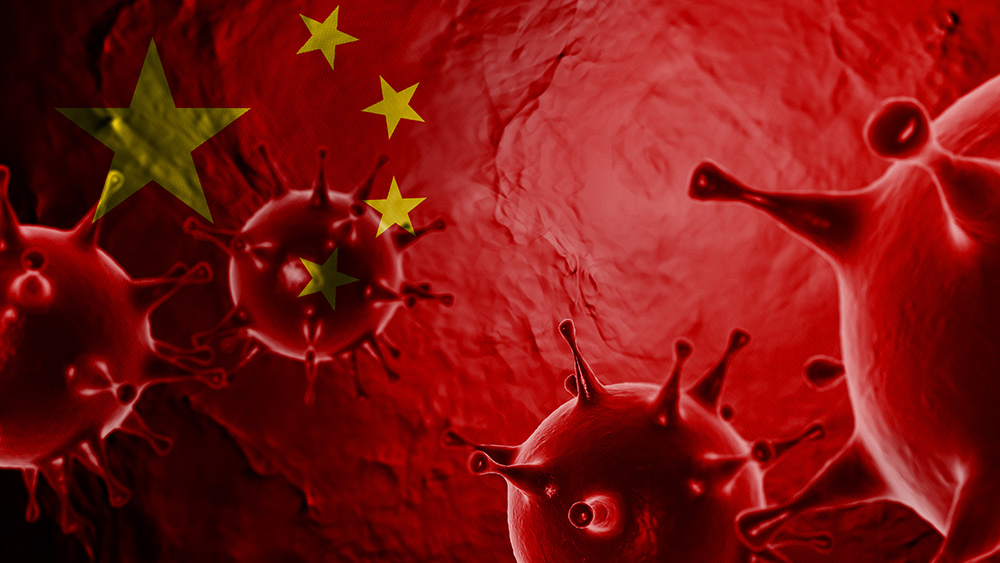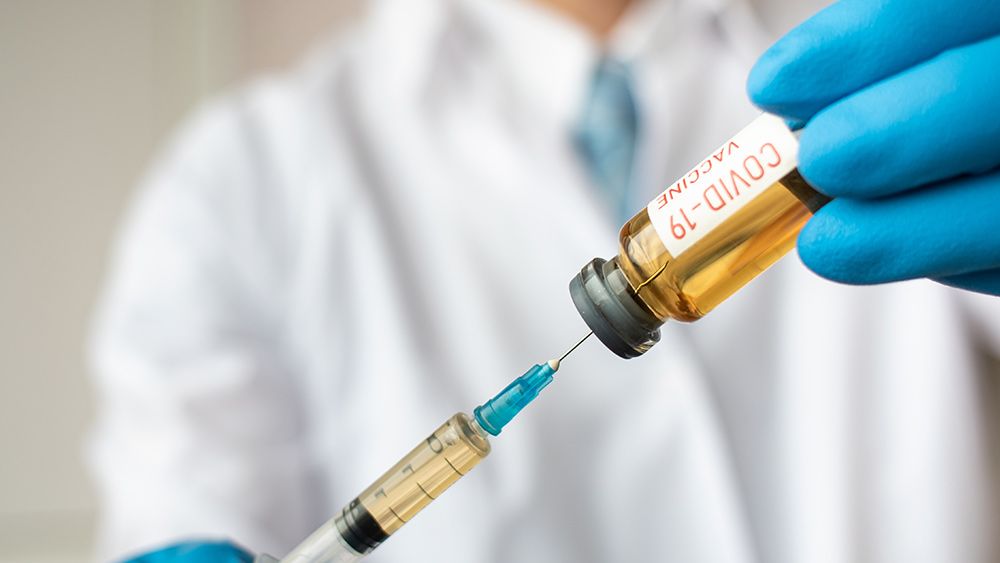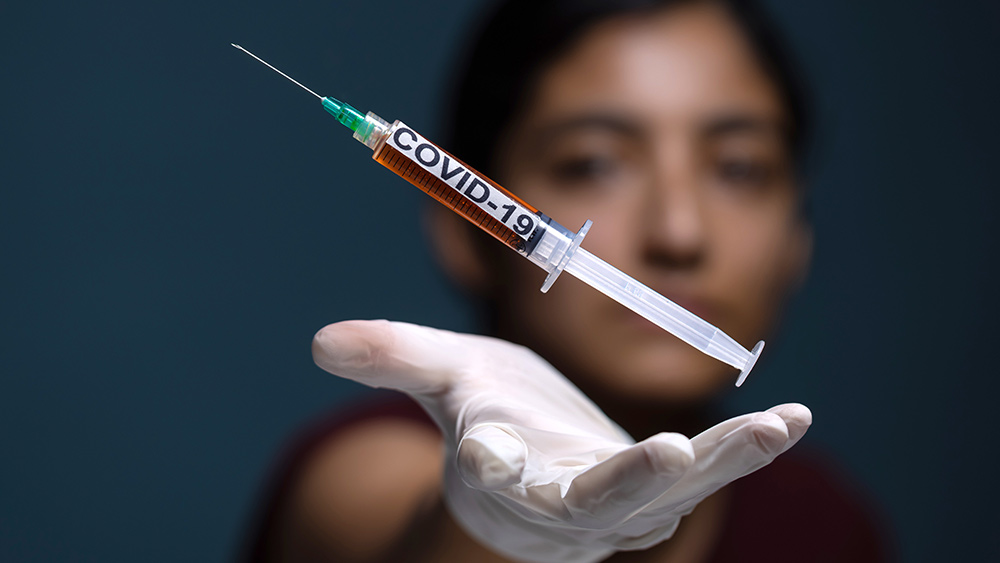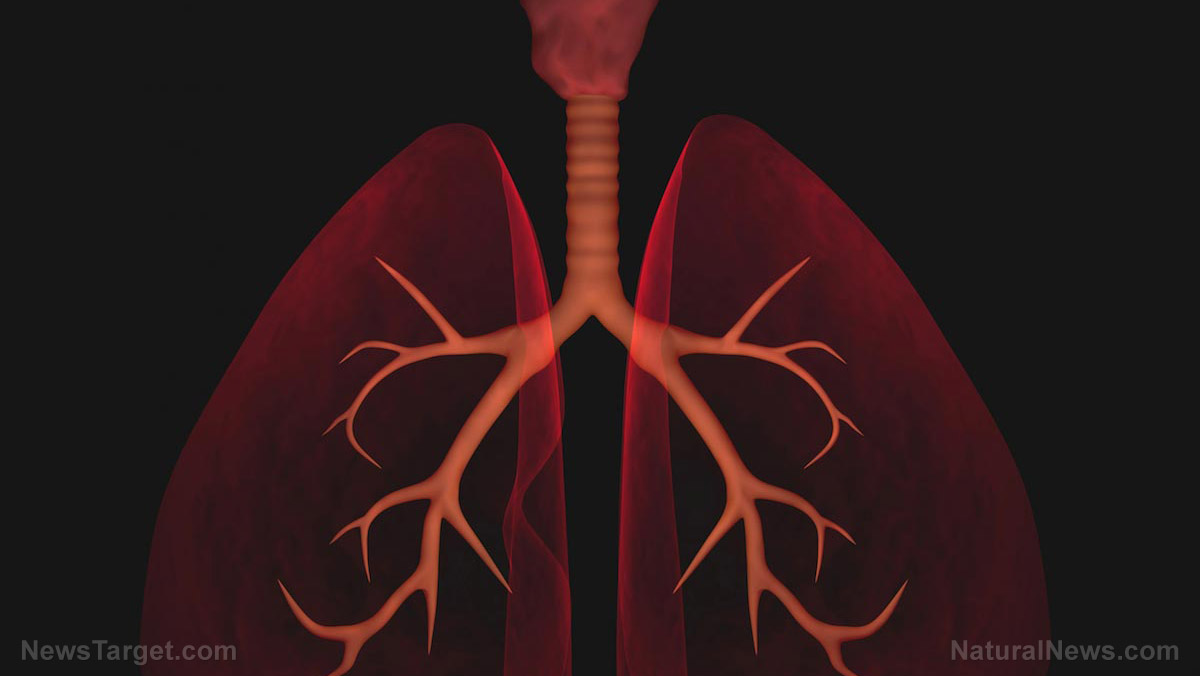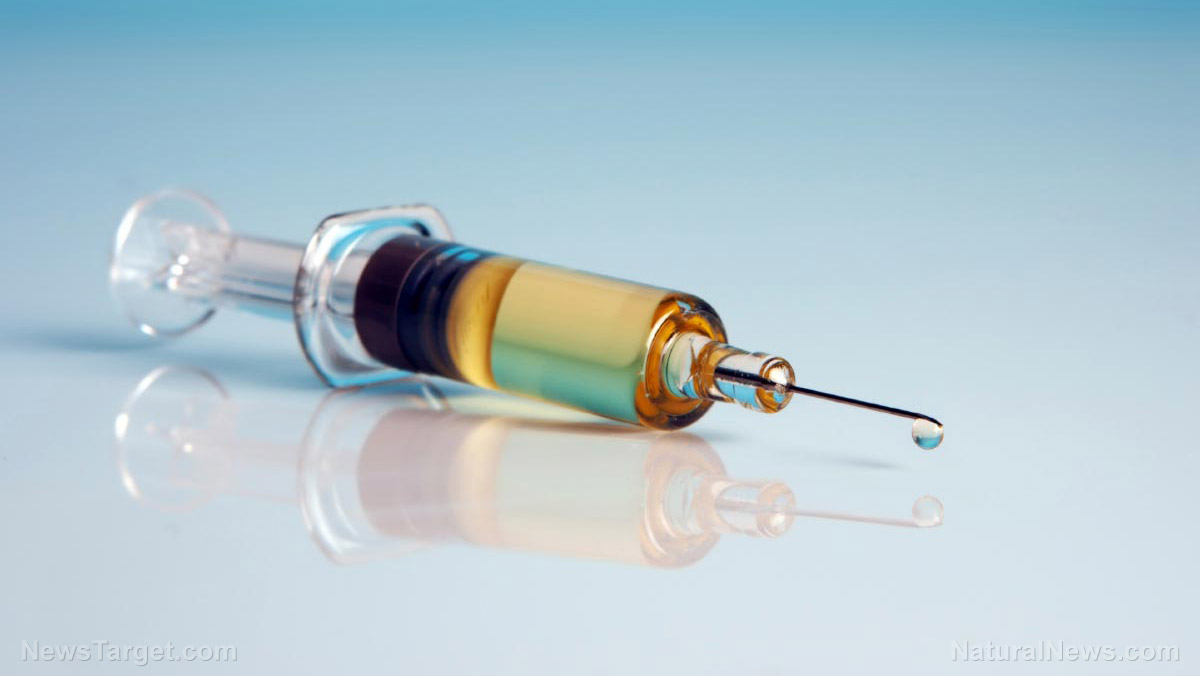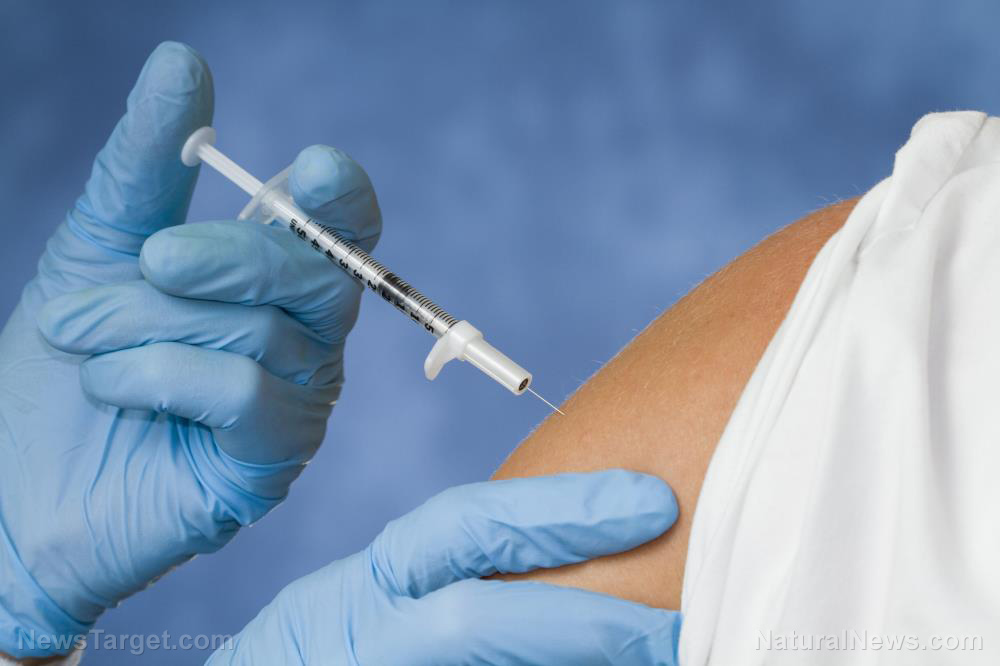Auto-brewery syndrome – when gut bacteria produce too much alcohol – may cause fatty liver disease
10/19/2020 / By Michael Alexander

Some microorganisms can raise a person’s blood alcohol to dangerously high levels, even if he hasn’t touched a drop of alcohol his whole life. In a study published in the journal Cell Metabolism, certain types of gut bacteria can ferment carbohydrates into alcohol within the body — a condition known as auto-brewery syndrome (ABS).
A team of researchers from the Capital Institute of Pediatrics in Beijing first took note of the said phenomenon while studying a 27-year-old patient suffering from a severe form of liver inflammation. The patient also had a peculiar condition: His blood alcohol levels would shoot up to 0.4 percent after eating a carbohydrate-heavy meal. The team traced the condition to a “super-strong” strain of the gut bacterium Klebsiella pneumoniae, which they found in the patient’s stools.
This is a significant discovery, as ABS was previously thought to be caused predominantly by yeast infections.
“We were surprised that bacteria can produce so much alcohol,” said lead author Jing Yuan, adding that this condition can cause affected individuals to develop fatty liver disease even though they don’t drink.
In addition, this particular strain of K. pneumoniae was found to be capable of producing up to six times the quantity of alcohol that strains of the same bacteria make in healthy people, leading them to connect its presence to non-alcoholic fatty liver disease (NAFLD).
They made the connection after sampling the gut microbiota from 43 NAFLD patients and 48 healthy people. They found that 60 percent of NAFLD patients had high- and medium-alcohol-producing K. pneumoniae in their gut, while only six percent of the healthy controls carry these specific strains.
To investigate further, researchers also fed germ-free mice with high-alcohol-producing K. pneumoniae, which they isolated from the ABS patient, for 3 months. The mice in the experiment developed fatty livers after the first month, followed by scarring in the second month. The scarring, the researchers said, is evidence of long-term liver damage, adding that the progression of liver disease in these mice was comparable to that of mice fed with alcohol. Furthermore, when the team gave bacteria-fed mice an antibiotic that killed K. pneumoniae, their condition was reversed.
“NAFLD is a heterogeneous disease and may have many causes,” Yuan said in a statement, adding that their study offers proof that certain strains of K. pneumoniae are likely to be one of them.
“These bacteria damage your liver just like alcohol, except you don’t have a choice.”
However, the researchers are still unsure why some people have the high-alcohol-producing K. pneumoniae strain in their gut while others don’t. Study co-author Di Liu posited that the pathogens could have entered the body via carriers, such as food. However, these carriers are not likely to be prevalent, as NAFLD rates have remained relatively low.
Aside from the possibility of carriers, some people may just have a gut environment that’s more suitable for the growth and colonization of K. pneumoniae than others because of their genetics.
“We don’t understand what factors would make someone more susceptible to these particular K. pneumoniae [strains], and that’s what we want to find out next,” Liu added.
The results could help diagnose and treat bacteria-related NAFLD, noting that because K. pneumoniae produce alcohol using sugar, patients who carry these bacteria would have a detectable amount of alcohol in their blood after drinking a simple glucose solution.
“In the early stages, fatty liver disease is reversible. If we can identify the cause sooner, we could treat and even prevent liver damage,” Yuan said.
What is NAFLD?
Nonalcoholic fatty liver disease (NAFLD) is a relatively common condition in which excess fat accumulates in a person’s liver.
According to a study published in the Journal of Hepatology, the global prevalence of NAFLD is estimated to be around 25 percent. (Related: Nonalcoholic fatty liver disease, commonly associated with diabetes, increases the risk of heart disease, and liver, colorectal, and breast cancers.)
In the U.S., the National Institute of Diabetes and Digestive and Kidney Diseases (NIDDK) puts the number of adults living with NAFLD at between 30 and 40 percent. Most with NAFLD have simple fatty liver or nonalcoholic fatty liver (NAFL). This has no links with long-term liver damage. However, the agency estimates that between 3 and 12 percent of adults have nonalcoholic steatohepatitis, or NASH, which is a more severe form of NAFLD.
NASH is often accompanied by inflammation in the liver, leading to long-term scarring and even liver cancer.
Sources include:
Tagged Under: Alcohol, auto-brewery syndrome, digestion, fatty liver, gut bacteria, Klebsiella pneumoniae, liver damage, liver health, NAFLD, nonalcoholic fatty liver disease, research




